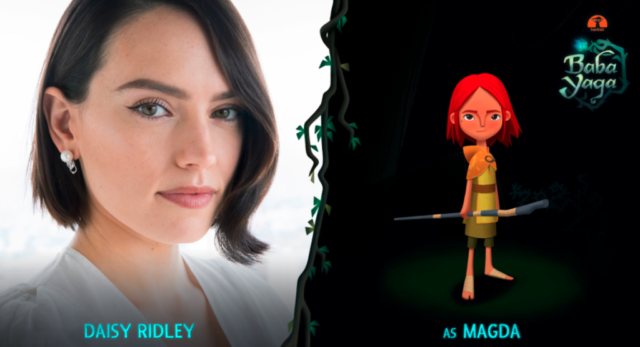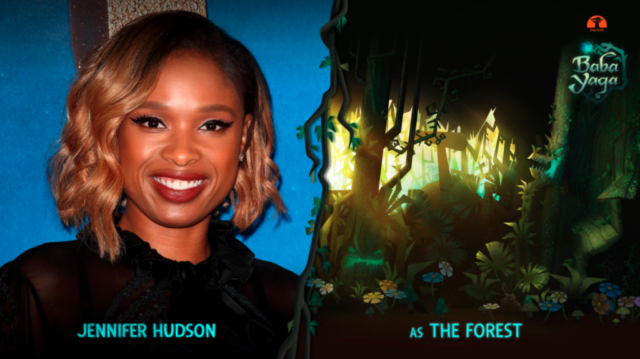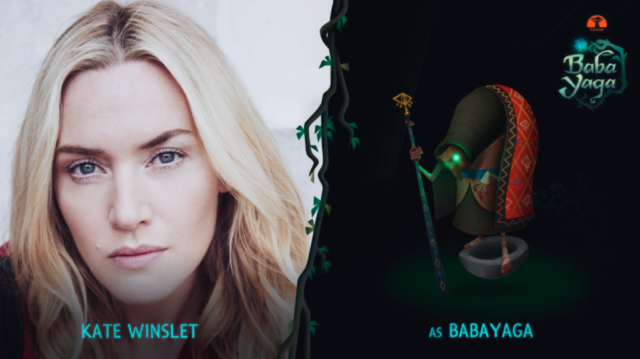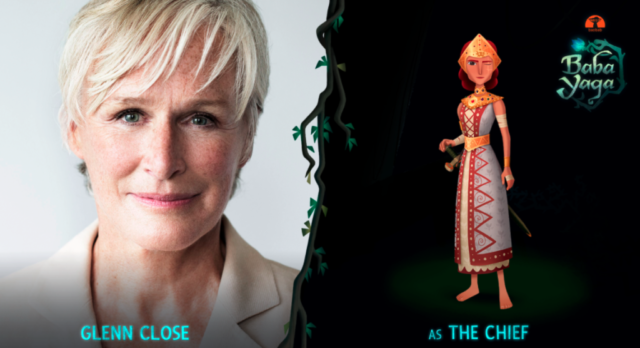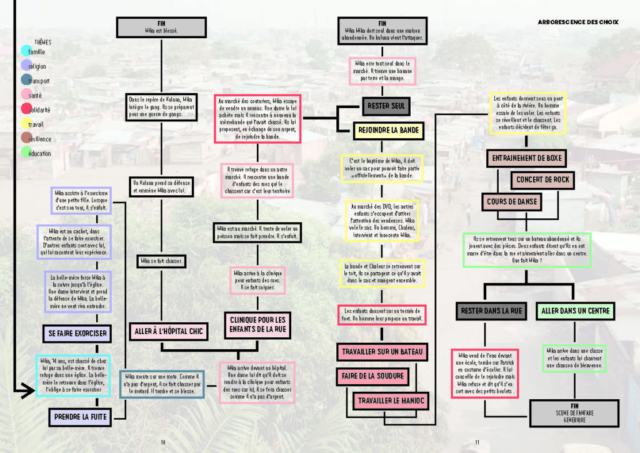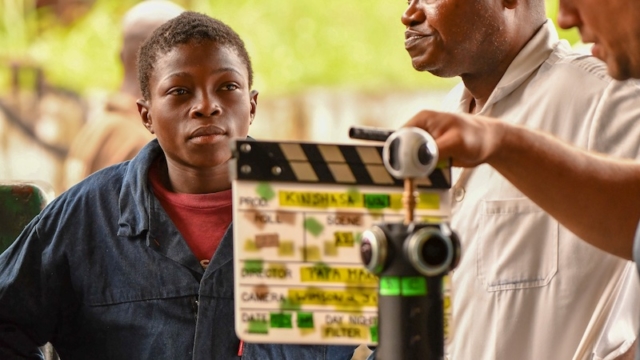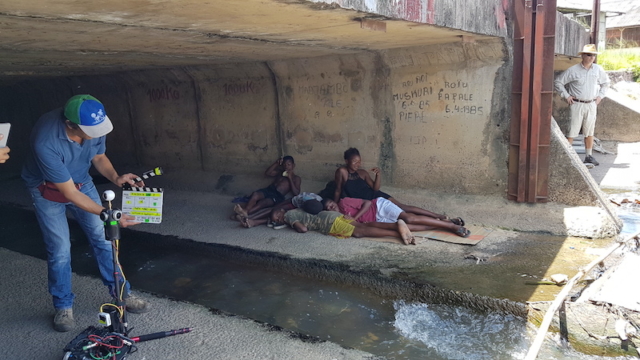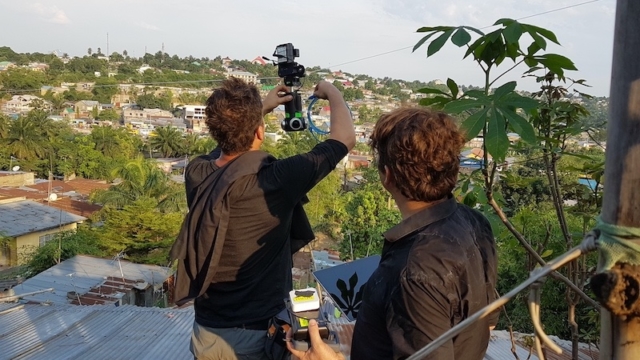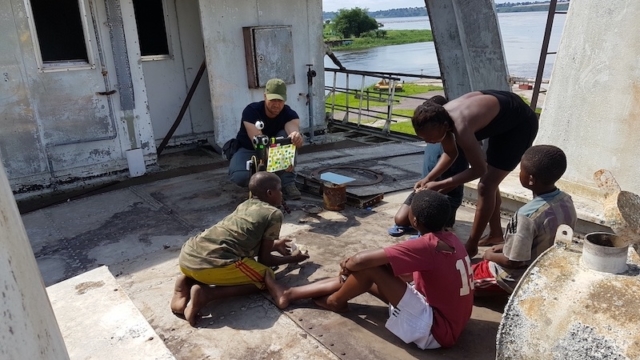360 FILM FESTIVAL #5 – Focus on the Winners!
The 360 Film Festival invites you each month with an interview of one of the winners.
My Identity is this expanse!
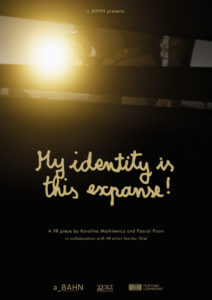
BEST SOUND
This month, we invite you to discover the interview with the creators ofMy Identity is this expanse! : Karolina Markiewicz and Pascal Piron.
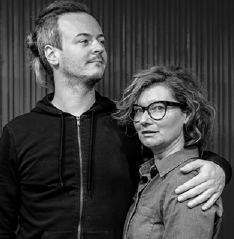
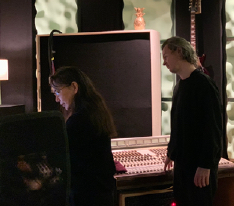 360FF : The place of the spectator forces him or her to remain enclosed to give the work its full meaning. A difficult challenge for an interactive work but one that works perfectly. How was the sound environment thought out and created to immerse the spectator?
360FF : The place of the spectator forces him or her to remain enclosed to give the work its full meaning. A difficult challenge for an interactive work but one that works perfectly. How was the sound environment thought out and created to immerse the spectator?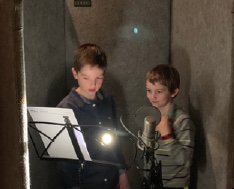
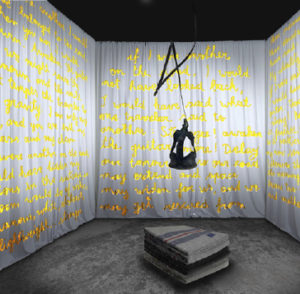
HETEROTOPIA
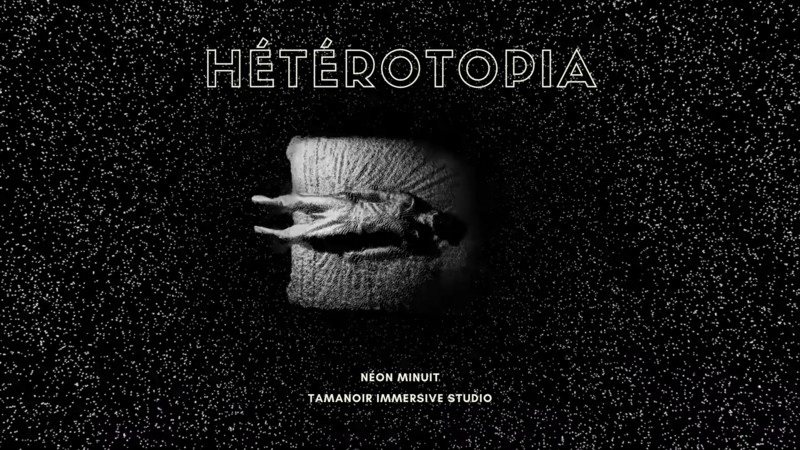
BEST INTERACTIVITY
This month, we invite you to discover the interview of the HETEROTOPIA creators: Léon Denise, Samuel Lepoil et Dorian Rigal.
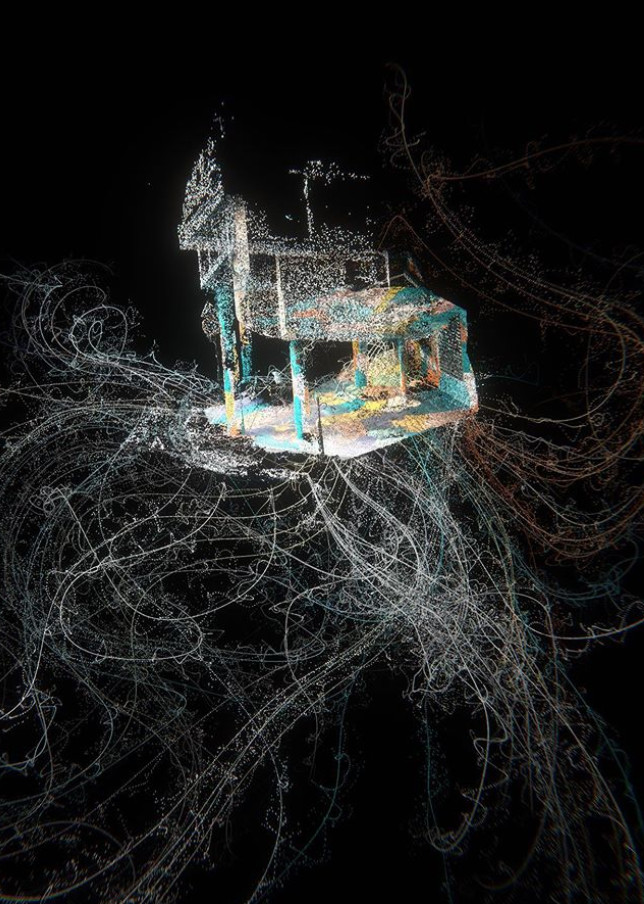
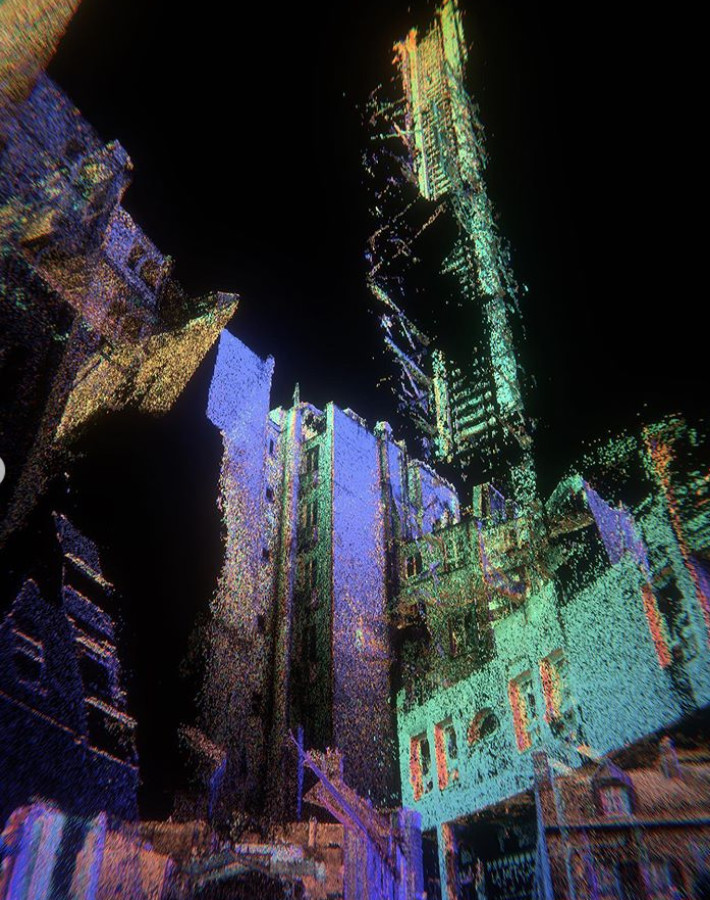 360FF: Architecture is one of the characters in the work. Why did you use / promote this art?
360FF: Architecture is one of the characters in the work. Why did you use / promote this art?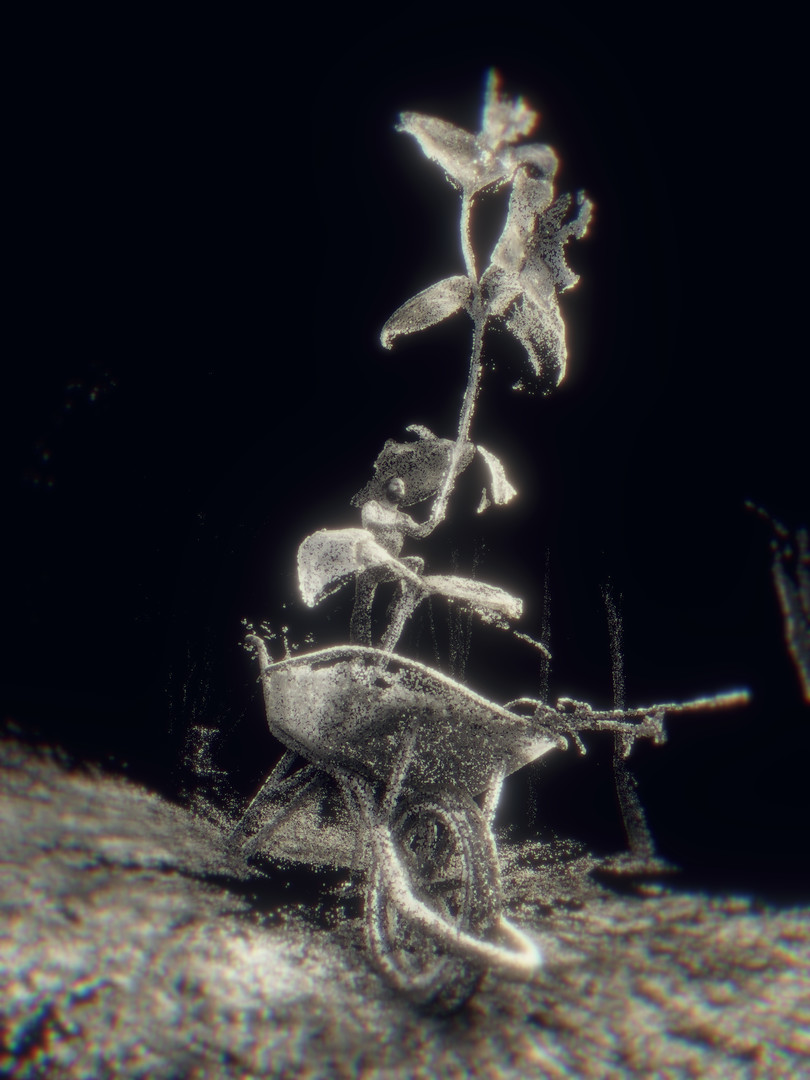
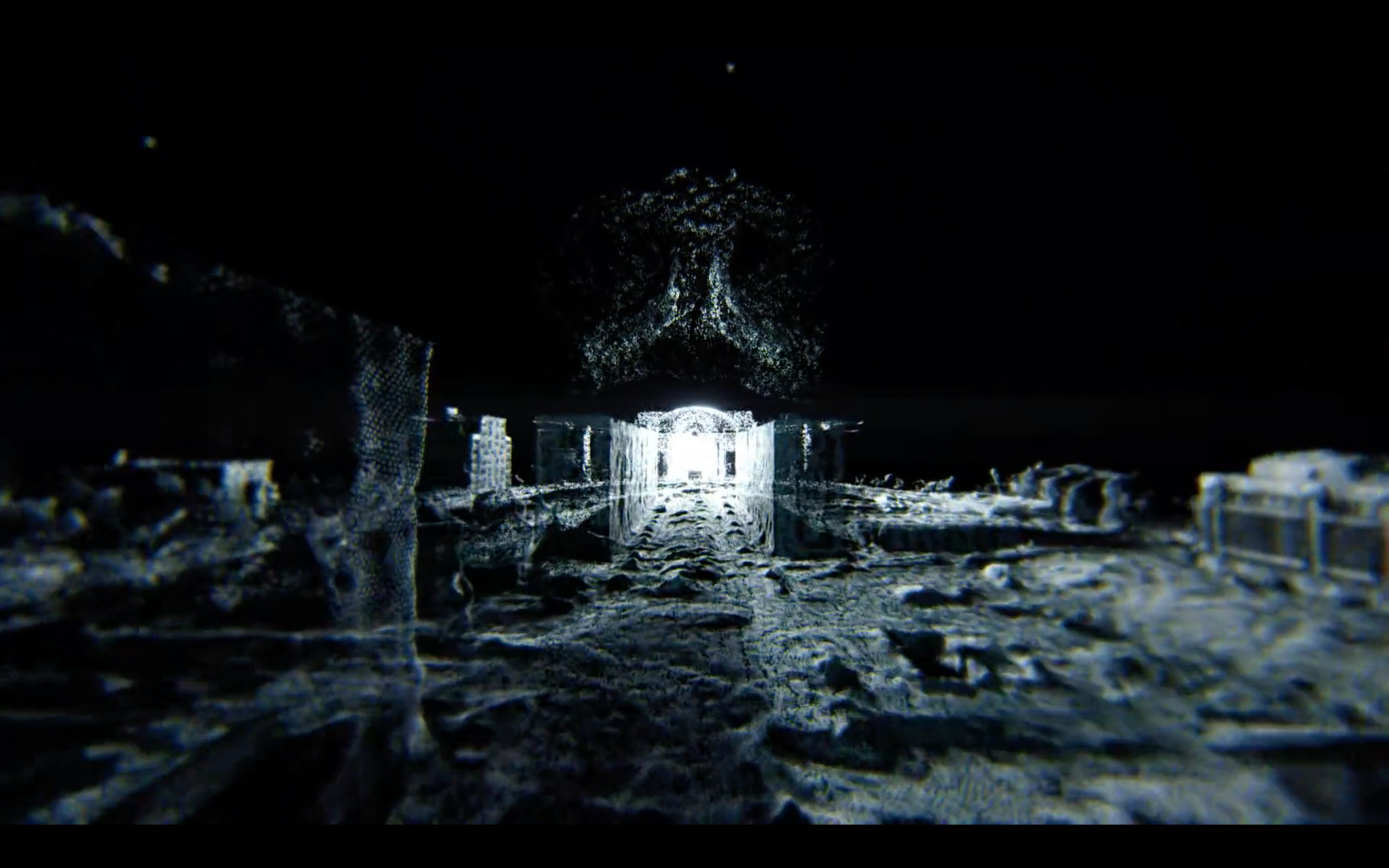
Heterotopia – Miroirs et Perspectives from MINUIT on Vimeo.
Baba Yaga
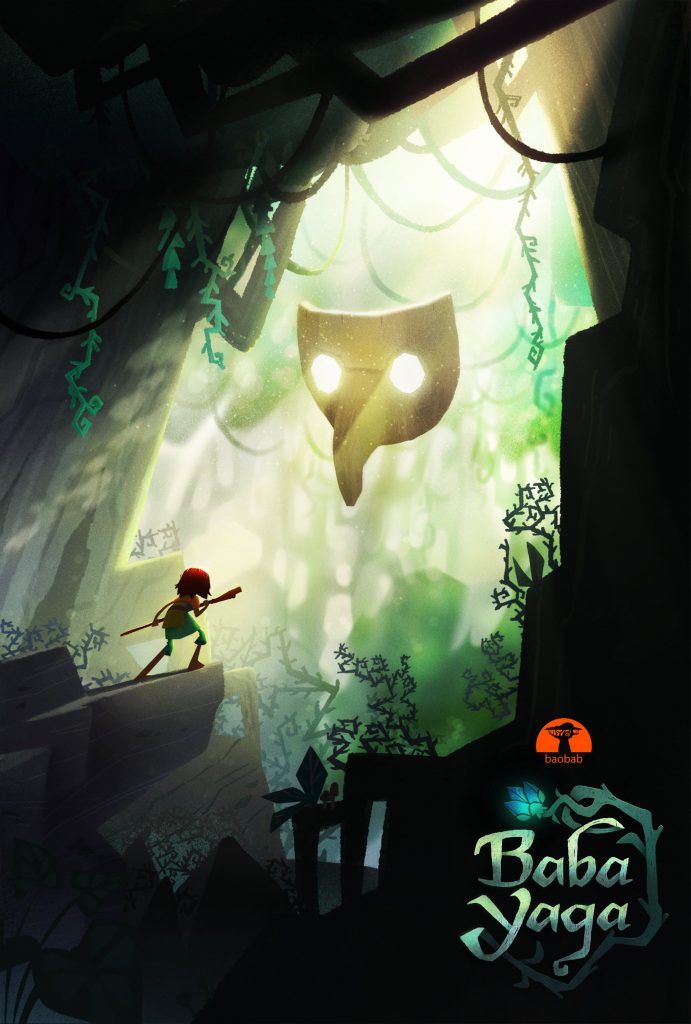
BEST IMAGE
This month, we invite you to discover the interview with the creators of Baba Yaga : Eric Darnell, Mathias Chelebourg and Baobab Studios Team.
360 Film Festival : Can you tell us about the genesis of the project?
Eric Darnell : Like most folks, I learned about the evil “witch in the woods” in childhood. This witch rides a broom, lives in a gingerbread house and tries to lure unsuspecting children into her kitchen so she can cook them up.
I was surprised when, as an adult, I came across the slavic witch, Baba Yaga. She is similar to the witches I grew up with, but instead of a broom, she rides a mortar and uses a pestle sort of like an oar. And instead of a house made of gingerbread, her house is perched atop a pair of stomping chicken legs.
I was curious and so I started reading the fairy tales that she inhabits. Sure, most of the time she is still the evil witch in the woods, but, I discovered that sometimes she is willing to compromise. She might cut a deal — “you do this for me and I’ll do this for you.” And sometimes, she is actually a good witch who will help a lost traveller.
his gave me an idea: what if Baba Yaga is not a person, but is a title? What if the quality of Baba’s character is a function of the quality of whoever is occupying the role at the time?
This became the catalyst for our VR piece, wherein two children, in an effort to save their dying mother’s life, must enter the dark forest and face the dreaded witch. They triumph over the witch, but the price they pay for their success is that one of them must take over the witch’s role and become the new Baba Yaga.
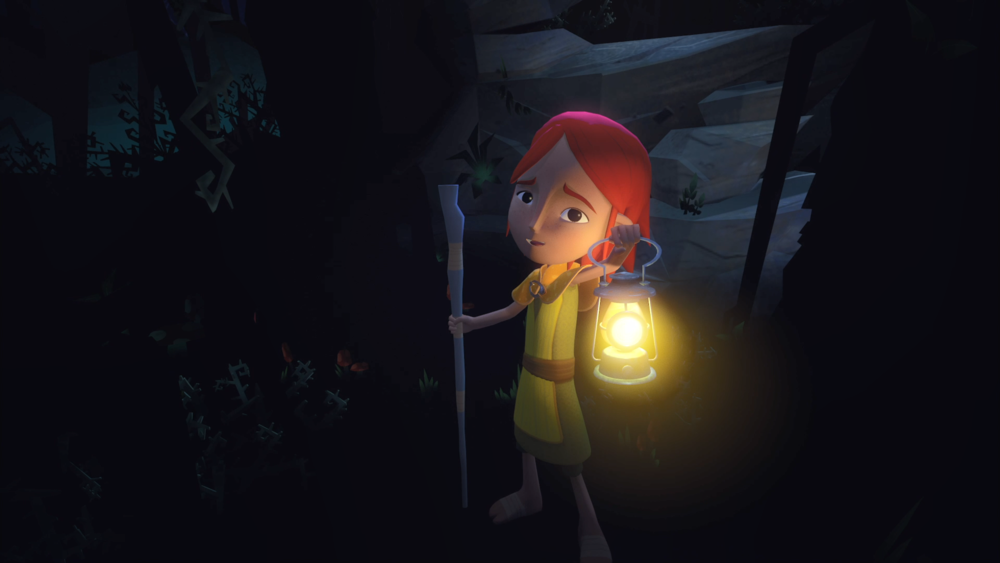
360FF : Animated works are very successful in immersive works. In your opinion, why such a success?
Eric Darnell : The primary reason that Baobab’s animated VR works are successful is because they are not created earlier, put in the can, and then just replayed in the headset. Instead, each new frame is created on the fly 60-90 times a second in real time. What this means is that the viewer can interact with their world and the world can respond to the viewer’s actions.
Sure, you can look wherever you want, but more critically, you can reach out and touch things, pick things up, and use them. You can have a very real impact on your surroundings.
But, perhaps most importantly, you can interact with characters in these VR worlds in meaningful ways. The other characters can communicate with you. They can look you in the eye, which is one of the most primary ways we all communicate with each other — even with our pets. And these same characters are able to look you in the eye no matter where you choose to be in the world. The other characters can turn their head, or their entire bodies if necessary, they can seek you out, find you wherever you happen to be, and make eye contact. Then, once they make that connection, they can act in a way that lets you know how they feel. Maybe they speak to you, or maybe they tell you what you need to know by the look on their face. And if the communication is successful they might even inspire you to take some kind of action. And when you take action, the other characters can respond to your actions — just like it works in real life.
In short, other characters recognize that you are in their universe and act in ways that tell you that you matter to them. Maybe this means that they see you as someone who can help them with a problem they are having, or maybe it means that they are terrified of you, or maybe they want to eat you! But whatever character reaction the narrative might demand, the bottom line is that the viewer recognizes that they matter to the other character.
This is our goal — to make the viewer matter. And because VR’s superpower is IMMERSION, when we do it right it is far easier for the audience to suspend their disbelief and simply “get into it”. Some of the immersion you get in VR is practically for free because part of your brain, I call it the “reptile brain”, already believes it is all real anyway. (That’s why I find it next to impossible to stand on the edge of a cliff in VR). But when other characters are in the world with you, responding to your actions, and treating you like you are real, it’s not that hard to take the next step, just go with it, and believe in those characters, too.
Of course, to do this successfully requires a combination of nuanced animation and a robust AI system that can account for the essentially infinite possibilities that come with being immersed in a world with other “living” characters.
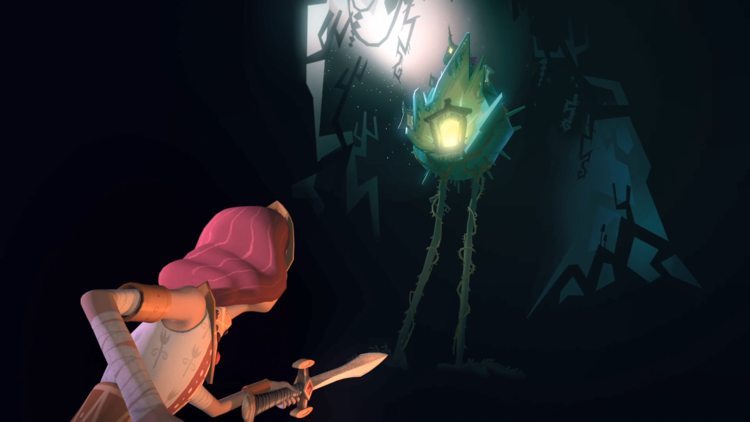
360FF : Baobab Studios is world-renowned for its high-quality immersive animated works. What was the starting point for the visual style used in Baba Yaga?
Mathias Chelebourg : While exploring the unique language of VR we discovered immersive storytelling has a lot more in common with Theater than it has with traditional Cinema. In a headset, narration unfolds almost the way dreams do, without any clear cuts or transitions among space and time. We got excited about the idea to develop this visual concept further in Baba, and design environments and lighting the way you would for stage theater.
A second key statement of our style was to transcend, from the start, the performance constraints of mobile platforms by adopting a mid-century inspired approach to animation and visual details : Strong and simple expressive shapes, limited oneiric color palet etc… Everything in Baba is hand-painted by artists with illustration in mind and that makes the viewer feels like he is wandering inside the adventurous world of an epic animated pop-up book !
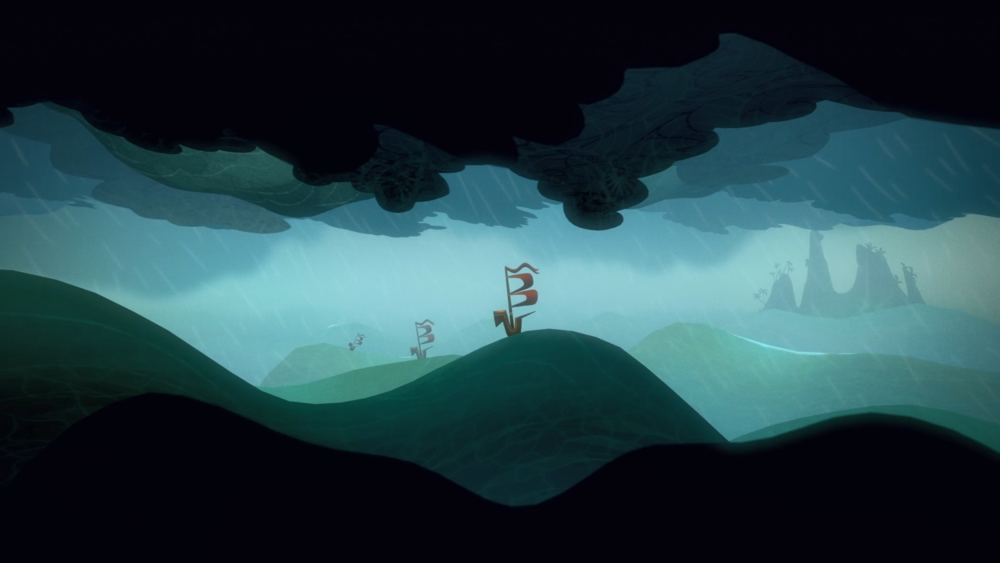
360FF : Interactivity is very important. Several endings are possible and more and more VR works offer spectators the opportunity to create their own narrative. What led you to propose several stories?
David Kahn : Part of the goal for all of our projects is to make the viewer matter, in Baba Yaga we wanted to make sure that your choices affected the outcome of the story. In both Asteroids! and Bonfire we saw the impact that choice had on viewers’ reaction to the story and we wanted to take it to the next level with Baba Yaga.
Throughout the journey in Baba Yaga you play the role of the older sibling, protector to your younger sister Magda. The bonds you form with Magda add weight to the decisions about what path to take and what type of witch you should become. With the power of Baba Yaga dependent on who wields the mask, players will be able choose and experience the consequences of their actions.
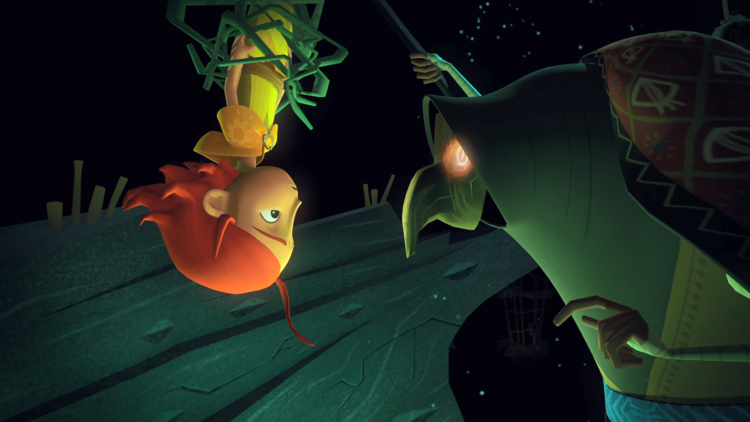
360FF : The emotions of the actresses are really “touchable” in the animation. How did you go about capturing them?
Kane Lee : Our team believes that, at its core, animation is about capturing what’s going on inside the mind and hearts of these characters. So we’ve built an amazing proprietary pipeline focused first and foremost on achieving the most complex and nuanced character performances we can in a real time game engine.
The subtleties in their facial expressions, the handcrafted feeling of their animation, the emergent behavior as they respond to the viewer’s movements and motions — all of that in Baba Yaga is the culmination of 5 years of our artists, animators, engineers and storytellers collaborating together. It also helped to have the most talented all-female cast lending their voices to these characters: Academy Award winning actors Kate Winslet and Jennifer Hudson, Star Wars lead actor Daisy Ridley, and the legendary Glenn Close. There was great motivation there for our team to match their character performances with their incredible voice acting.
360FF : Baba Yaga‘s atmosphere and visual ambience make you want to be immersed in it beyond a VR headset. Has an installation been considered to go with the immersive work?
Kane Lee : Over half of the production phase of Baba Yaga was accomplished remotely during the COVID lockdown so while we have considered physical installations for the piece, and had been approached by some amazing exhibition spaces, we anticipated early on that location based entertainment for VR would be a challenge in the near term. In fact, we had been invited to have a physical presence to preview the work at the most prestigious film festivals in the world before the lockdown.
However, we adjusted our expectations and fully embraced the idea of a virtual installation, so we actually created an indoor gala exhibition space in VR (with AltSpace) leading into an outdoor reimagined enchanted forest inspired by Baba Yaga so that we could have the 1st-ever red carpet VR premiere in VR to celebrate the launch of Baba Yaga on the Oculus Quest in January.
Jennifer Hudson co-hosted with Baobab Studios, Daisy Ridley, Jane Rosenthal and the Tribeca Film Festival, and Disney animating legend and Oscar winning director Glen Keane (Dear Basketball, Over the Moon) presented our team on stage in front of a huge screen in which we could show the piece in 2D. It was the first time a VR premiere like this was covered on the same night by mainstream television and news media like ABC, Entertainment Tonight, Access Hollywood, Extra, and much more!
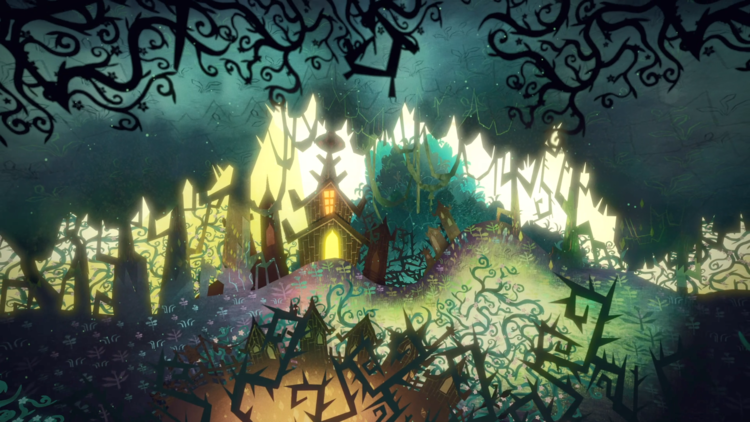
360FF : What are the next projects?
Kane Lee : At Sundance, we world premiered Namoo, directed by Erick Oh who is currently nominated for an Academy Award. It’s a moody, lyrical, narrative poem come to life through animation about the life of an artist, from beginning till end, and the level of animation our team could accomplish using only Quill completely surpassed our expectations. That it deals head-on with one’s mortality and was produced and finished during the pandemic is perhaps an inextricable part of its fabric, yet we want the audience to feel a sense of hope, and even acceptance, upon experiencing it. We are also working with 3DAR presently on Part 2 of the Paper Birds, which world premiered at Venice, and like Baba Yaga, uses the latest hand tracking technology to strengthen the immersion of our stories while allowing the technology (in this case, hand controllers) disappear so the story, and your part in it, feel more seamless.
Finally, Baobab Studios is evolving as an animation studio where XR is one of its most powerful tools to tell stories, but not restricted to it. We believe the best stories, if done right and with the best partners, can travel across mediums and are working closely with the biggest Hollywood studios and streamers, as well as traditional publishers, in the world right now to develop our characters and universities into movies, series, interactive games, comic books and novels.
Kinshasa Now
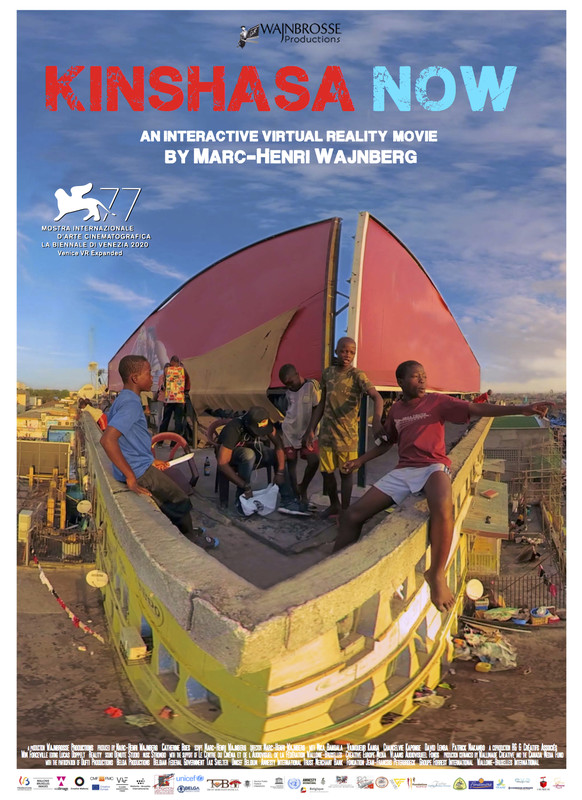
GRAND PRIX
This month, we invite you to discover the interview of Marc-Henri Wajnberg and his moving journey with the children of Kinshasa.
360 Film Festival : Can you tell us about the genesis of the project?
Marc-Henri Wajnberg : I fell in love with Kinshasa about ten years ago. During my travels, I was touched by the situation of street children. There are 35,000 of them living and sleeping on the streets of Kinshasa.
I wanted to shed some light on this phenomenon that touched me deeply. I set myself a challenge: to deal with this subject in different formats. Thus, in ten years, I have made a feature-length fiction film – Kinshasa Kids; a web film – Kinshasa – as part of the award-winning Africa of Independence collection for Arte; two linear and interactive versions of a virtual reality film – Kinshasa Now and two documentaries – Enfants Sorciers, Kinshasa and the soon-to-be-released feature Chancelvie.
It has never been a question of exposing this phenomenon as if it were a cabinet of curiosities. It is important for me as a human being to report on the existence of these children and to question this phenomenon. For the interactive version of Kinshasa Now, I decided to give them a voice, entirely. This is one of the reasons why I organised wild castings, I wanted street children playing their own role.
The different sequences that can be seen in the virtual reality film are inspired by their life stories. I opted for forty possible paths to highlight the plurality of these children’s stories. There are six moments of choice that allowed me to arrive at a complex tree structure. No choice is good or bad in itself. Some situations can be more problematic or dangerous and the interactivity makes us aware of this.
That’s how my first virtual reality film was born: Kinshasa Now, about street children in Kinshasa.
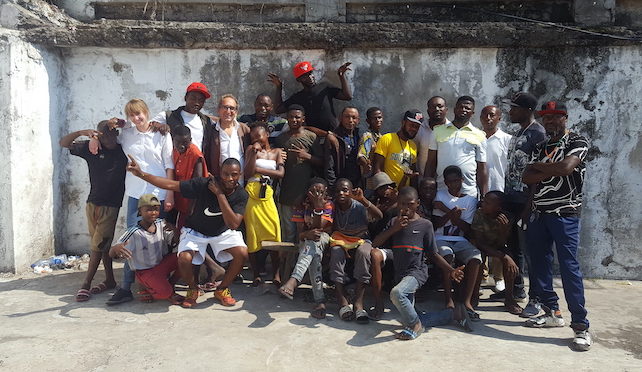
360FF : Kinshasa Now is your first immersive work. Was making your feature film Kinshasa Kids even more immersive important to you?
MHW : It was a real challenge to deal with the same theme in different formats and genres. The street children of Kinshasa touched me, I felt the need to give them a significant place in my artistic career.
I wanted with Kinshasa Now to give the viewer the feeling of being active. Not only through the choices they make (will they stay alone or join the Grand Market gang?), but also through the use of immersion in virtual reality. Indeed, everyone is free to create their own film as they see fit, as long as everything is happening in 360 degrees around you. It’s the same in real life, we don’t all look in the same directions and we don’t attach the same importance to details.
Also, as a filmmaker, I like to explore new territories and I didn’t know anything about virtual reality. It was a real challenge to shoot, but I think the immersion it brings is impressive and it serves the purpose!
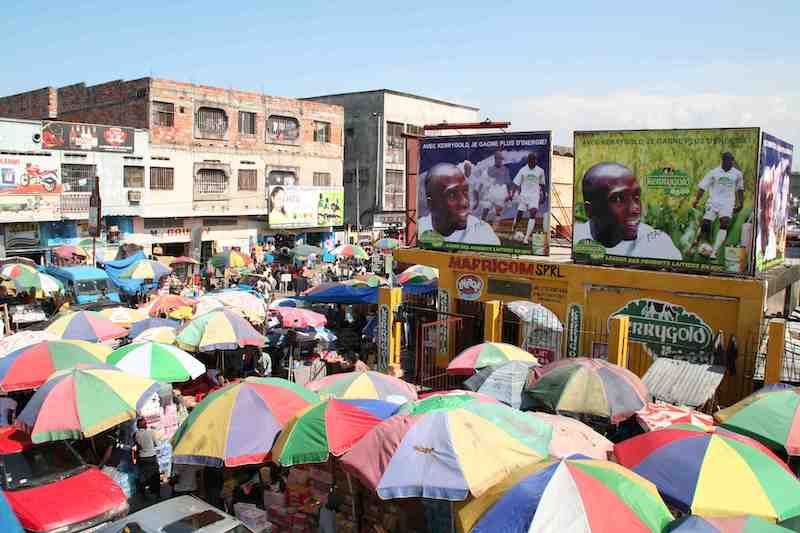
360FF : Soon we, the audience, are forced to make choices in the work to move the story forward. This makes it all the more immersive. How did you design all the possible paths and endings?
MHW : The tree structure of the interactive version of Kinshasa Now depends on the six moments of choice. In all, there are forty possible scenarios, allowing the viewer, if he wishes, to repeat the experience by opting for other choices. The viewer will then see another film while understanding the consequences of these choices.
All the scenes are inspired by the life stories I have collected over the last ten years. And each sequence corresponds to a theme that I felt was relevant to deal with in virtual reality. These include family and peers, work, health, education and resilience. Broad themes that allow for a macro analysis of the phenomenon of street children.
The film lasts between seven and twenty-three minutes depending on the choices made.
There is no judgement about the choices. A choice may lead to the end of the immersive experience because the situation presented too many uncertain elements for a street child and so the story stops. The immersive version allows the viewer’s awareness to be heightened and the comparison of paths opens up the debate on the different sequences.
I decided to make a tree structure of the scenario with forty possible paths in order to cover a maximum of situations experienced by her children. Of course, it was impossible to represent them all and I had to make choices. I kept the scenes that inspired me the most artistically or that touched me in my relationship with Kinshasa.
360FF : One of the most important characters in the work is of course the city of Kinshasa, which you know well. How did you choose the locations?
MHW : Kinshasa is indeed a city I know very well. I have been going there several times a year for more than ten years.
I love this city for many reasons and I immediately saw the artistic potential of a 360 degree film in the middle of its streets and markets. These iconic places, such as the Grand Market or Kinkole Harbour, are very active and always full of events. For the viewer, being in such places and in 360 degrees, allows to imagine the electric atmosphere that reigns in Kinshasa.
I wanted to be in places with lots of people and to shoot outside. For example, I really enjoyed organising a concert in a street, passers-by stopped and danced, the atmosphere was insane!

360FF : How did you meet and work with the young actors?
MHW : I asked Emma, a former street child actor from Kinshasa Kids, who I collaborate with when I come to Kinshasa, to help me find street children willing to act in my film. Emma spread the word and organised several wild castings. The children were then asked to tell us their stories on camera.
I had no predefined criteria, I chose the children by feeling. I chose five children: four boys and one girl. I rehearsed sequences to be shot with them. I rented accommodation for the children and hired a lady to look after them. So they had formed a real bond before the shooting started. By living together, the five children quickly became a band, both on screen and in real life.
During the shooting, I left a lot of room for improvisation. The children explained to me how they would have reacted to a particular situation. Then I asked them to imagine themselves in that situation, which made it possible to get a very natural performance from them because these were situations they had already experienced most of the time. In order to be respected on the street, children have to play a certain role all the time. So they turned out to be excellent actors.
At the end of the filming we discussed their future and together we visited many rehabilitation centres. Three boys returned to their families after a few weeks of apprenticeship in a centre and the fourth has just graduated from a baker’s course. As for the girl, Chancelvie, she found herself in a centre for girls, separated from her friends. She decided to go back to living on the streets. I kept in touch with her and together we decided to make a documentary film about her. Today, she is a mother and her son will soon be one and a half years old.
360FF : Kinshasa Now is having a very nice success at festivals and with audiences. Did you expect this? Has immersive film changed your “vision” of cinema?
MHW : We were hoping that the film would be selected in festivals, it’s important for the film, for the issue and also for me as a filmmaker to have this recognition. We knew that the pandemic would complicate things, that many festivals would be cancelled or postponed. Then there was the big surprise! One Saturday morning in July, I was in the office thinking about the structure of my next documentary, an email arrived and I discovered a message from the Venice Biennale. Not only is the festival taking place, we are selected for the official competition and we are the only Belgian production in competition in the entire programme of the 77th Mostra! The good news is that despite the pandemic period, we are very happy.
Kinshasa Now was selected in 19 festivals, shown in more than twenty countries, in about thirty cities, and received eight Grand Prizes, the first of which was the Grand Prize at the 360 Film Festival! And I must say that the words of Céline Tricart, president of this edition, made a deep impression on me, I was very touched.
My vision of cinema has always been singular, I am a bit of an outsider. I like to challenge myself as a director and this immersive experience has questioned my way of making cinema. It allowed me to put the viewer at the centre of the film.
I like the idea that the viewer is active and that the subject of the film is reinforced by the feeling of immersion that virtual reality offers.
It’s a great discovery!
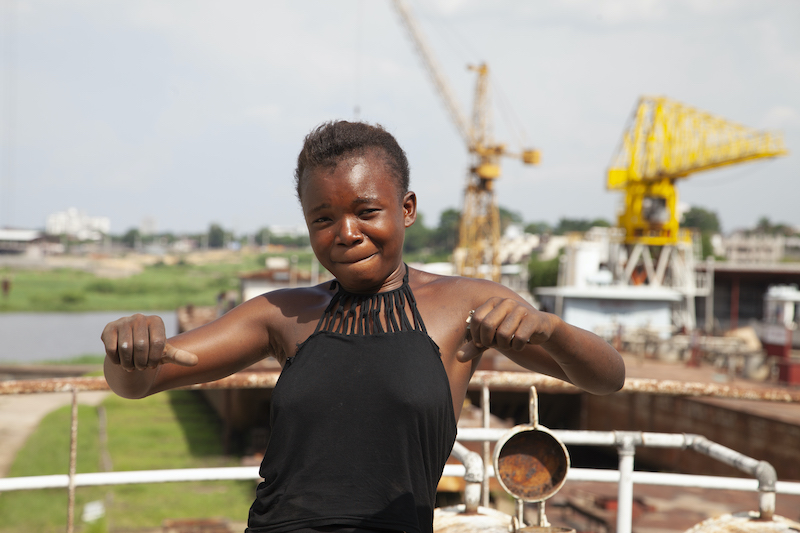
360FF : Future immersive or non-immersive projects in sight?
MHW : At the moment, I don’t have any other virtual reality projects planned! I have just finished a documentary on Chancelvie, the girl in the group playing in Kinshasa Now. This teenager, living in Kinshasa, shows an extraordinary inventiveness and inspiring strength despite the daily difficulties of street life.
I am very happy with the result and, of course, I am still in contact with Chancelvie and her partner friends in this documentary. I help them financially, and I have taken out health insurance for them so that they can get free treatment.
Kinshasa Now – Trailer from Wajnbrosse Productions on Vimeo.
Minimum Mass
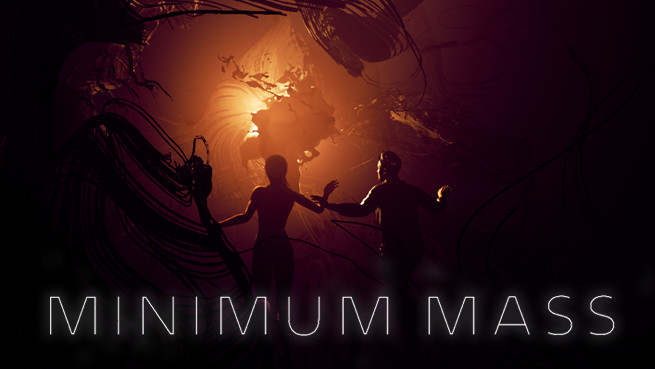
Best Storytelling
This month, we invite you to read the interview with Raqi Syed and Areito Echevarria, the creators of Minimum Mass.
360 Film Festival : Can you tell us about the genesis of the project? How did you meet?
Raqi Syed : Minimum Mass arose out of our personal experience in conceiving our son. We had several miscarriages and wrote the script while this was happening as a way to process it. The original drafts were pretty dark because we were in the middle of the grief. By the time we took the project to the Sundance New Frontier Lab in 2018, a couple years had passed and we had had our son. Part of the early development process was to revise the story so it went beyond the stages of immense sadness and offered an uplifting narrative arc.
We met in 2005 when we were both working as visual effects artists at Weta Digital. We were both working on The Day the Earth Stood Still, the Keanu Reeves remake. If you haven’t seen it, it’s a classic!
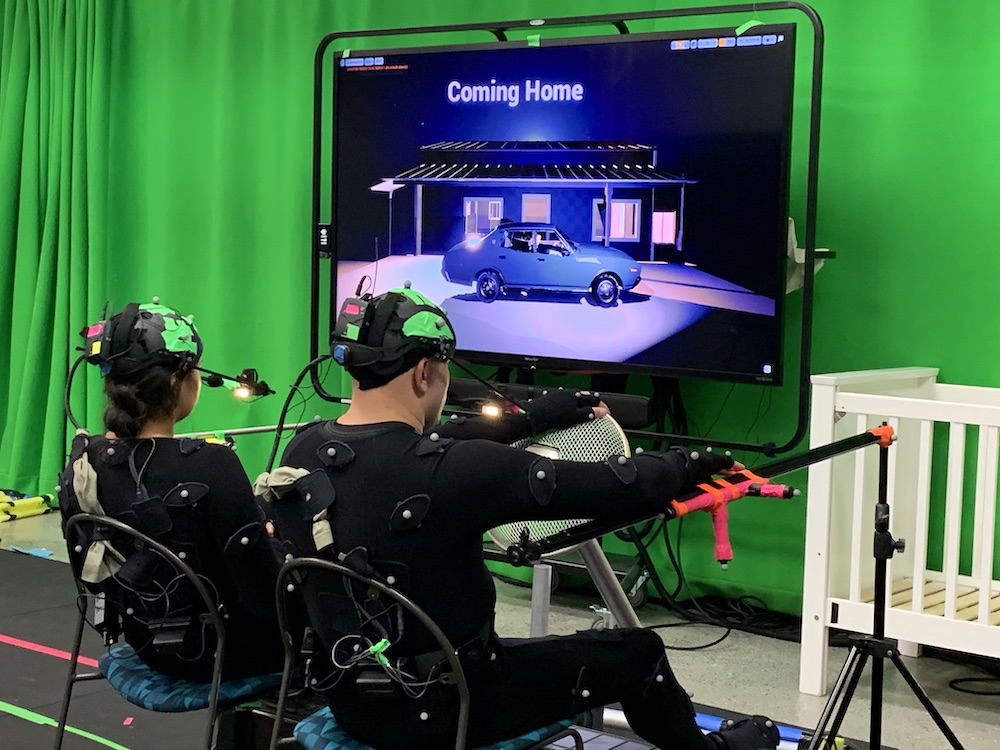
360FF : Minimum Mass is a very personal and intimate story. Why did you choose VR to tell it?
RS : We initially wrote Minimum Mass as a short linear live-action film. In 2017 there was a lot of exciting experimentation happening in VR so we started revising it as a cinematic 360 live-action experience. It was only after the New Frontier Lab, when we further developed the characters that we realized a major theme of the story is perspective. In particular, that this couple, Rabia and Sky, have different perspectives on the same event. Their challenge is learning how to see each other’s point-of-view in order to go on an emotional journey together.
Once that became clear to us, the user experience and interaction of 6 dof VR became an obvious choice as a medium. And finally, as visual effects artists it made sense to experiment with computer graphics and real-time rendering technology. We wanted to work to our strengths but also grow our technical skill sets.
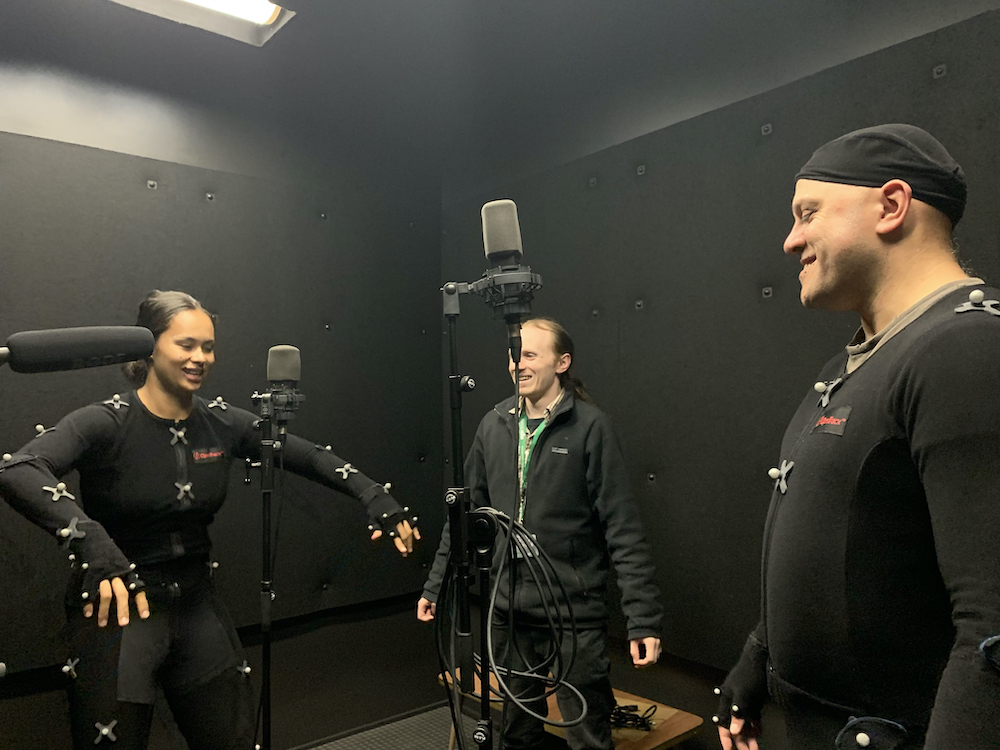
360FF : The relationship between the authors and producers is very important for the success of a very personal work like this. How did the four of you work together?
RS : We met Katayoun Dibamehr and Avi Amar at a few different events between 2018 and 2019, first at Kaleidoscope’s Dev Lab in Los Angeles and then at Cannes XR in France. Each time we met we shared our progress on Minimum Mass and learned more about Floreal’s other projects in development.
What we learned about each other is that we had similar tastes and sensibilities in storytelling. Mainly we just liked each other. This was the basis of our working relationship over the course of Minimum Mass’s development and production. Our shared values allowed us to work through creative differences and arrive at a great result. Katayoun and Avi are really good at building relationships with people and sharing our vision with collaborators. With their producing experience and our VFX production knowledge we were able to cover a lot of ground together.
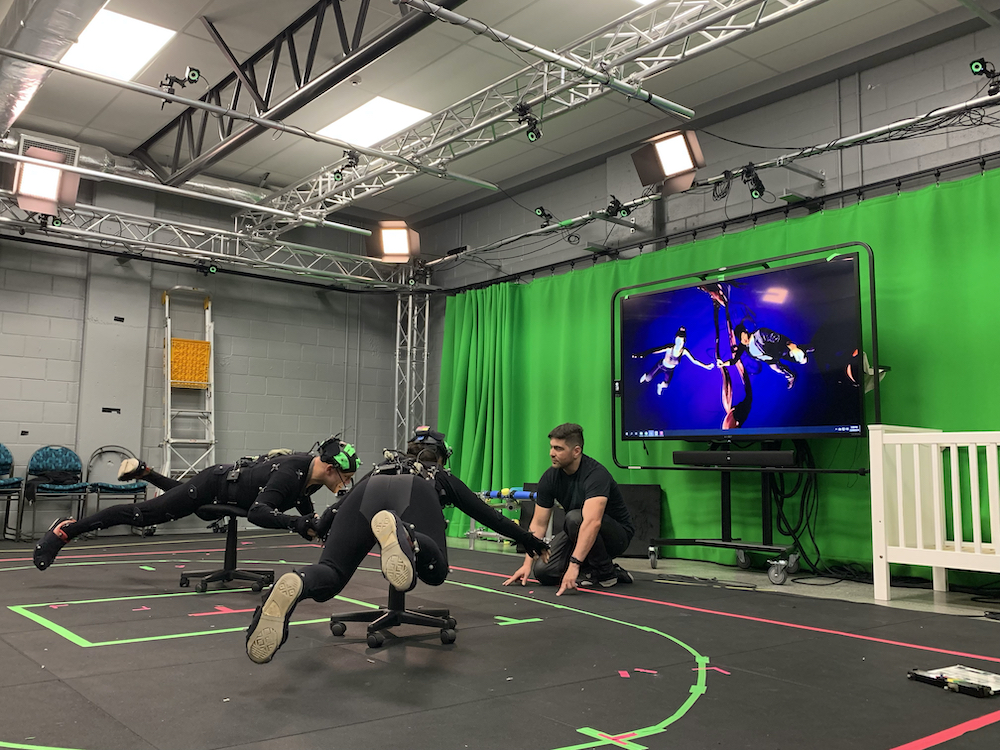
360FF : The work is interspersed with dreamlike passages with the thoughts of the protagonists, which reinforces the storytelling and the immersion. Did you think about these passages when you were writing?
RS : The dream-like first-person sequences evolved in a few different ways. Initially we had imagined the entire experience would be first-person because that was the trend in VR at the time. There were a lot of assumptions about embodiment and the participant’s agency and even basic questions about how editing and visual language in VR might work.
As we revised the script to reflect two character’s perspectives we moved towards more cinematic ideas about the third person’s perspective. At this point the script was entirely written in the third person. It was only during the week where we shot the motion capture and performance with Frankie Adams and Allan Henry that we started to feel the experience needed another narrative layer which would allow us to access Sky and Rabia’s consciousness.
So we quickly devised these scenes and recorded the audio in the chance that it might work. Once we brought the dialogue into the engine it all clicked and it helped flesh out Sky and Rabia’s relationship to see it from both a distance and from the inside.
360FF : At the beginning, VR was seen as an extension of cinema. Over time, the discourse has changed to bring VR closer to the theatre. Will the writing of an immersive work not be a combination of the two?
RS : Yes, it seems as more artists with a theatre background experiment in VR they are helping to change the visual language, particularly in terms of how we understand and interpret “immersive.” Games too are so advanced with interactivity and what the real-time engine is capable of that we have to be able to look to games as a medium for what VR can do to engage the participant in meaningful and fun ways.
We’re not sure why, but in VR we still tend to see certain fictional genres like the fairy tale in heavy rotation. The tradition of telling personal stories through the lens of genre is very rich in cinema. What we find inspiring about cinema is the way it can interpret, revise, and mash up genre. And then finally, novels remain one of the best ways to access characters’ consciousness. So as VR creators we have to remain open to all the other mediums.
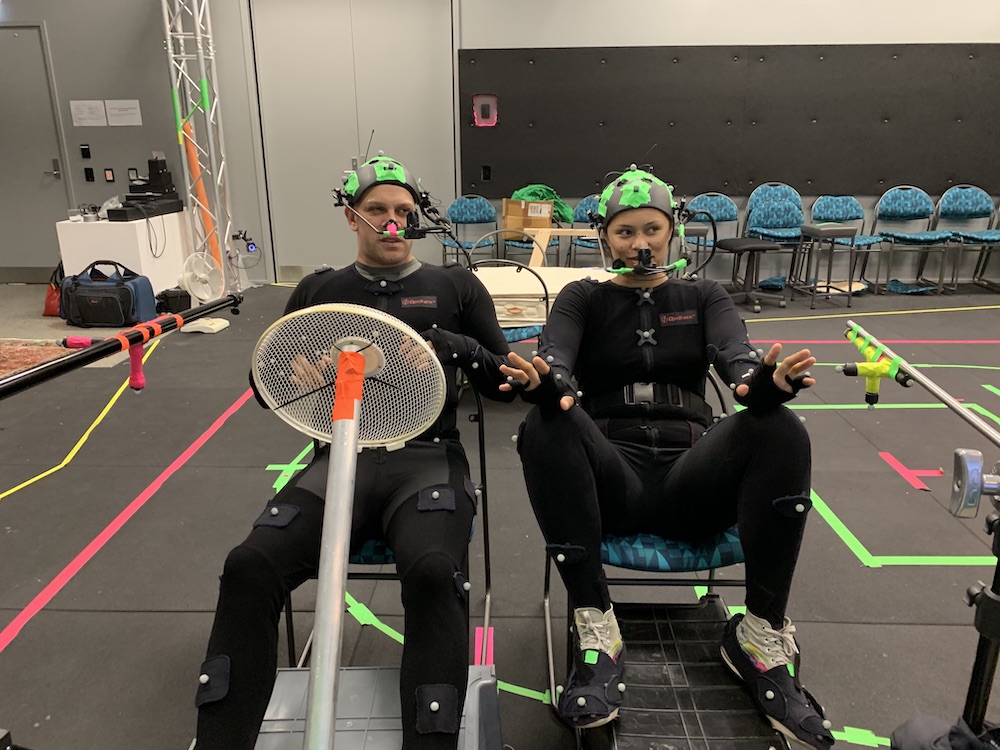
360FF : Any future immersive or non-immersive projects in sight?
RS : We are working on two projects right now, a game and a VR experience. Shadow Work is a game about a girl whose father kicks her out of the house when her doppelganger appears at the front door. Raise Ravens is a VR experience about being haunted by and resurrecting a dead father. Both projects are set in speculative New Zealand and are in early development.
Rain Fruits
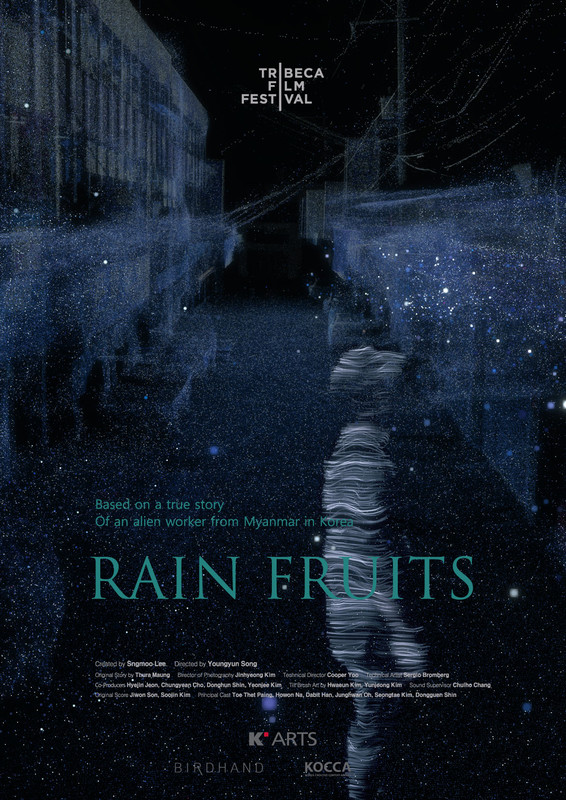
Special Jury Mention
This month, we invite you to discover the interview of Sngmoo Lee, the creator of Rain Fruits.
360 Film Festival : Can you tell us about the genesis of the project?
Sngmoo Lee : I came across the writing of Thura, an alien worker from Myanmar, in a booklet on the working conditions in Korea. I was deeply touched by his writing and decided to turn it into VR cinema
Using the empathetic power of VR and the poetic quality of volumetric point cloud imagery, I wished the audience to become Thura to experience the anger, sadness, alienation, and nostalgia of an alien worker in a foreign country.
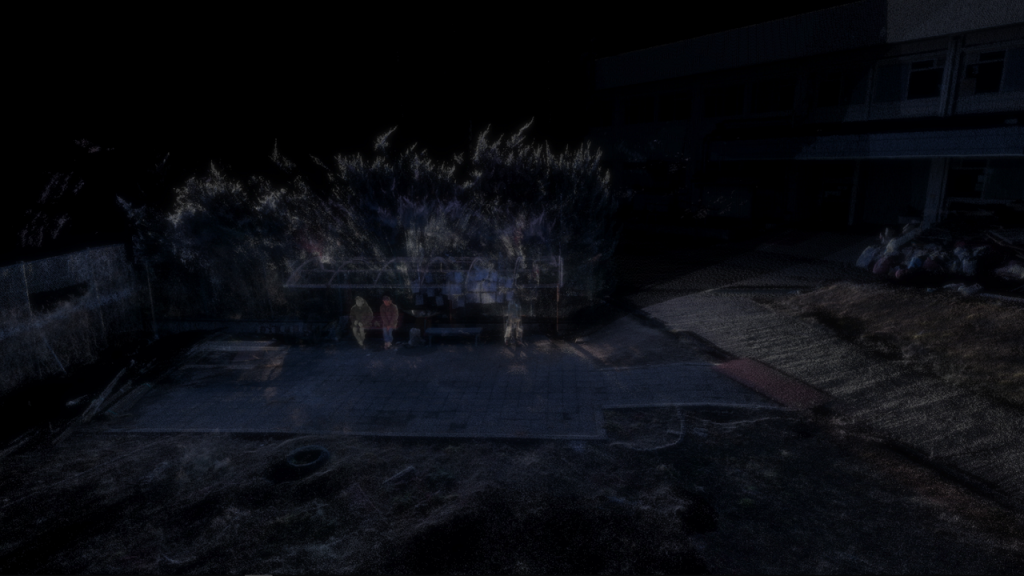
360FF : The story is very personal. How did you go about writing the script?
SL : While trying to keep his writing as intact as possible, I restructured his journal and added some extra elements to expand his personal experience to the general human conditions in the capitalist system.
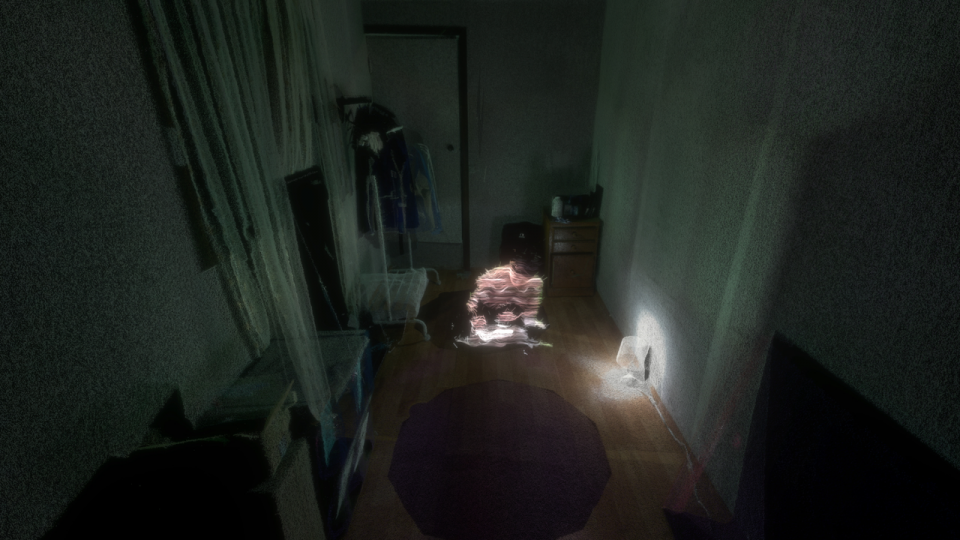
360FF : How did you choose the visual atmosphere?
SL : Initially, I wanted to combine live-action video for the background and volumetric scanned character to contrast a ghost-like alien worker with a concrete capitalist world.
During the test shooting, I decided to change the background also to the Lidar scanned point cloud imagery. It fitted better not only aesthetically but also thematically.
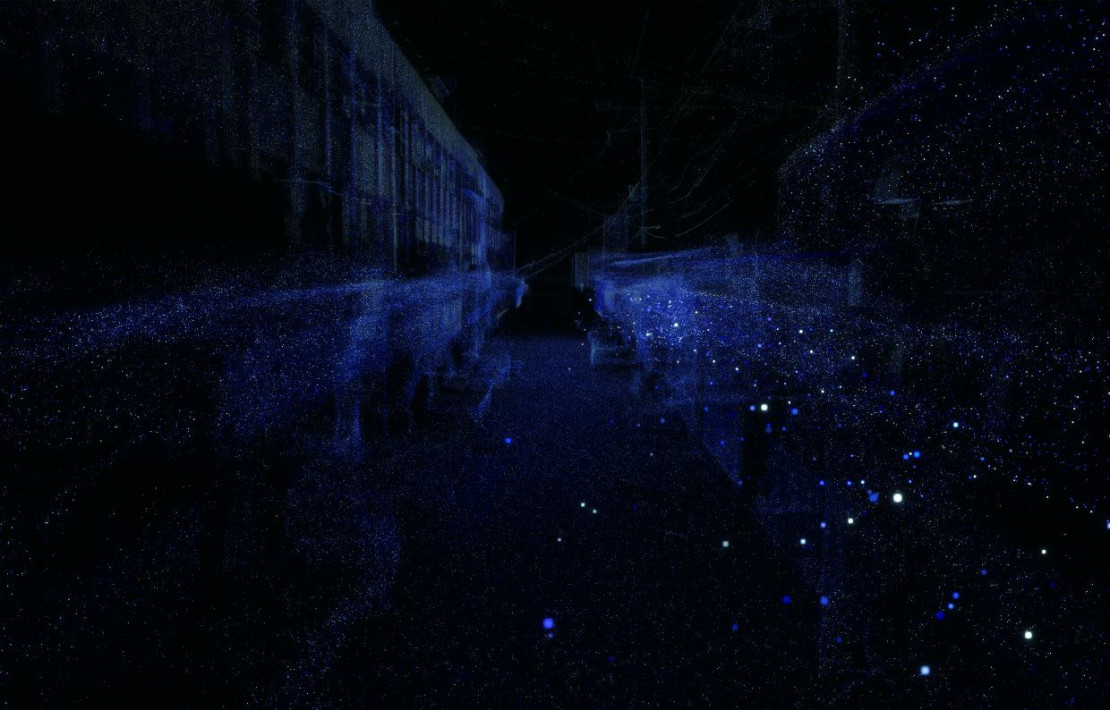
360FF : Can you explain to us what techniques did you use to create the settings, the characters and the main character?
SL : We used Leica Lidar to scan the atmospheres and use Azure Kinect camera to capture the characters. With this technology, I wished to illustrate the main character’s arc through the ever-changing volumetric fidelity of Thura’s body.
Thura’s abstract imagery represents insecurity, loneliness, and the fragile status of an alien worker. At the end of the film, when his Korean boss also turned into a colorless abstract figure like Thura, I wanted audiences to feel that everyone is an alien in this capitalist system.
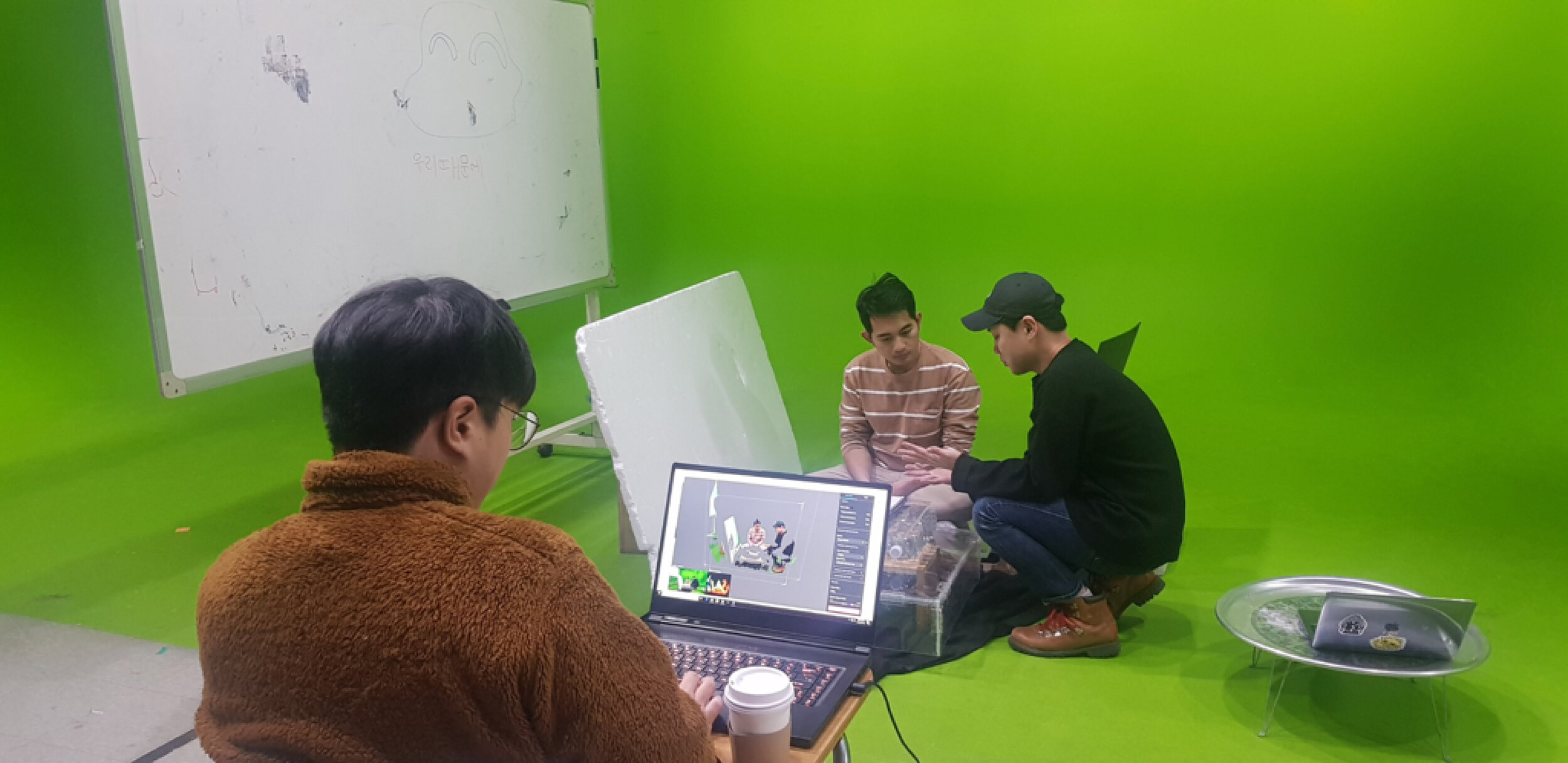
360FF : Interactivity is more and more emphasized in VR at the expense of 360 video. Does the documentary impose 360 video?
SL : Thura’s writing style and his rootless position in Korean society called for this choice.
He is a resident of Korean society but also is a remote observer. He exists but never fully belongs in Korea. Non-interactive virtual reality cinema was the best medium to demonstrate this existential paradox.
360FF : In South Korea, immersive media is much more established than in Europe. How can you explain this?
SL : Korean government put in a lot of money in XR industry. But mainly to the services and technologies, not much in the storytelling/aesthetic side of XR. I get a lot of insights from European XR artists.
360FF : What about the new projects ??
SL : I’ve just finished 360 live-action cinema. I am also developing multiple projects ranging from volumetric performance with data visualization to immersive VR theater using AI actors.


